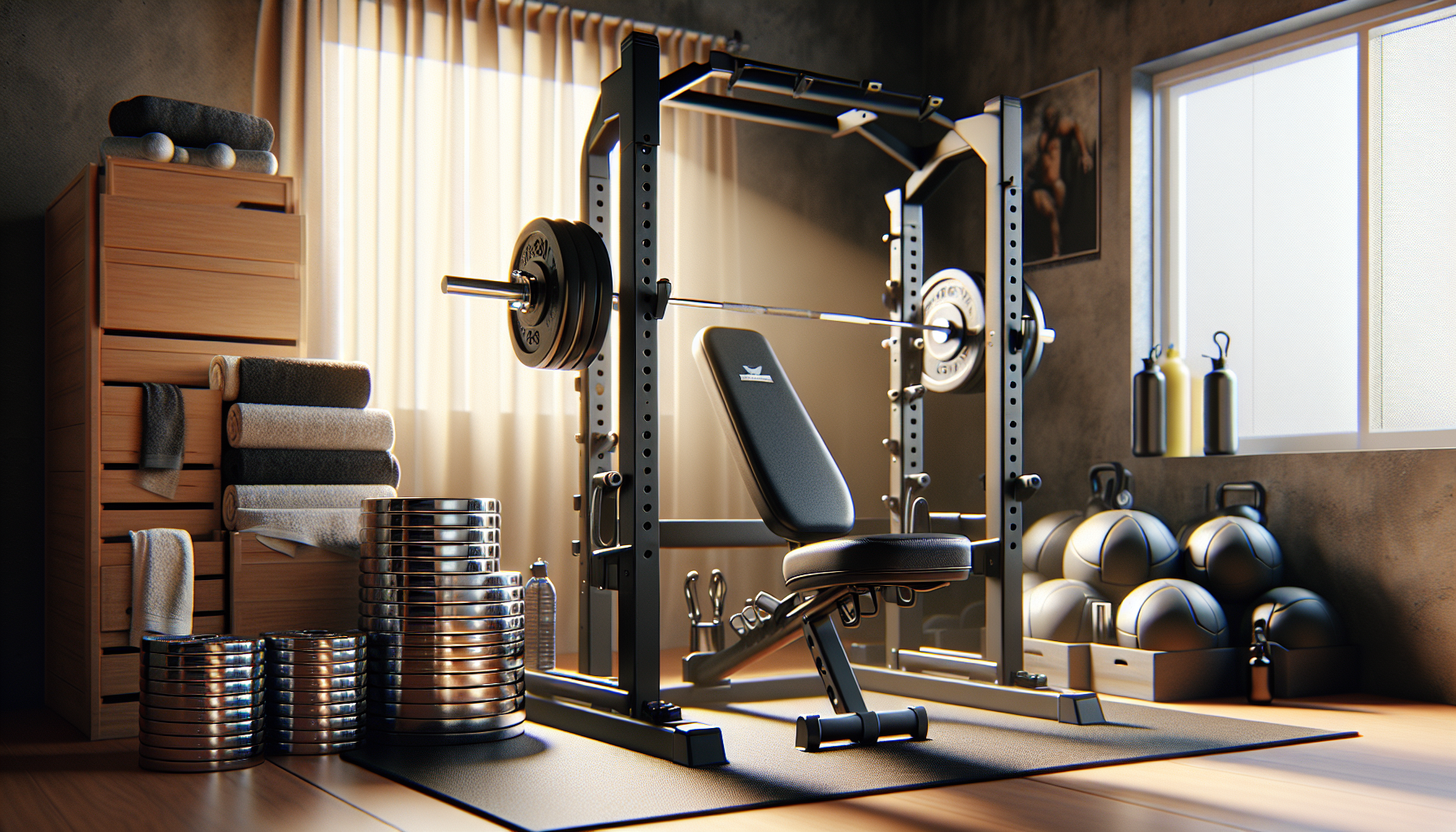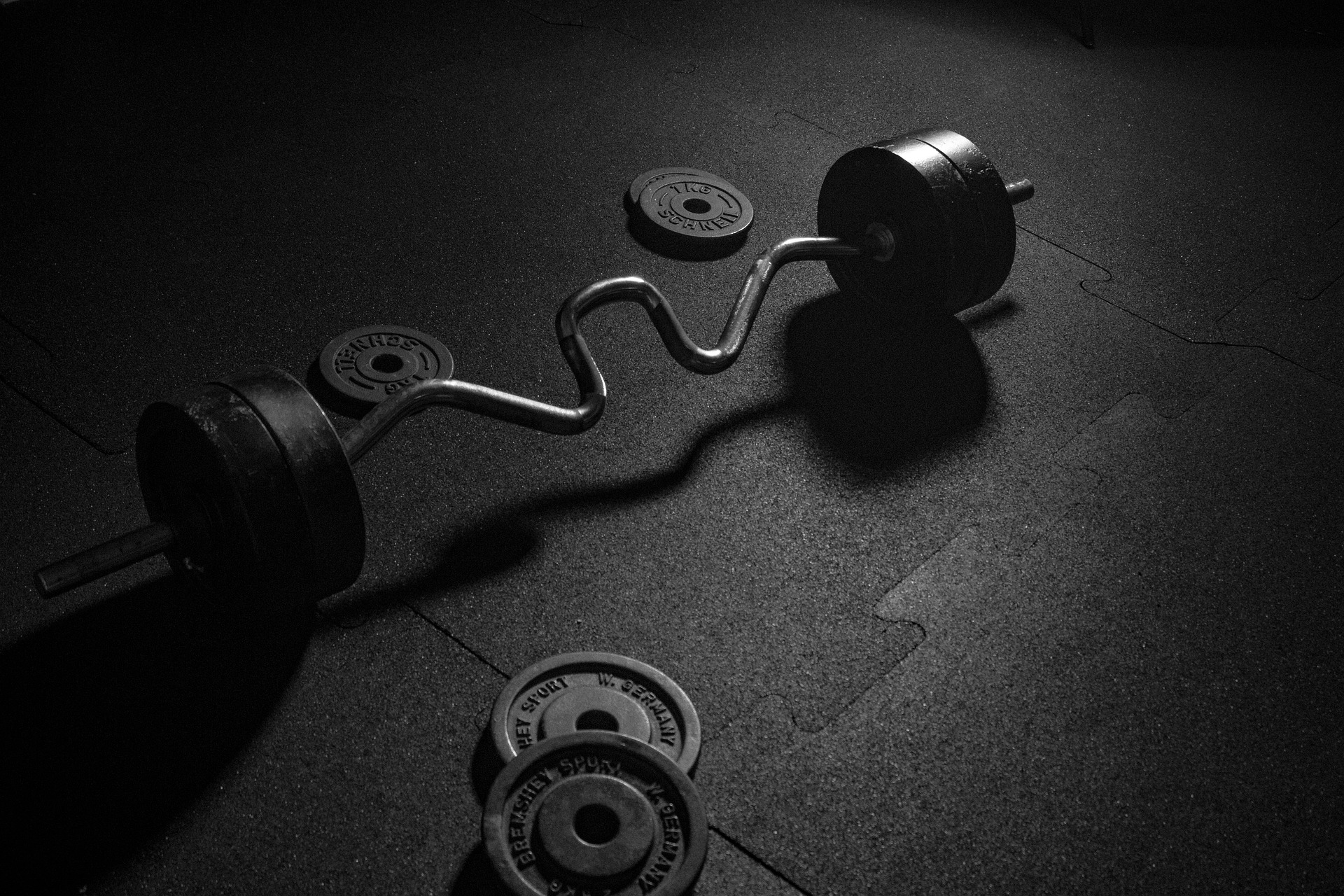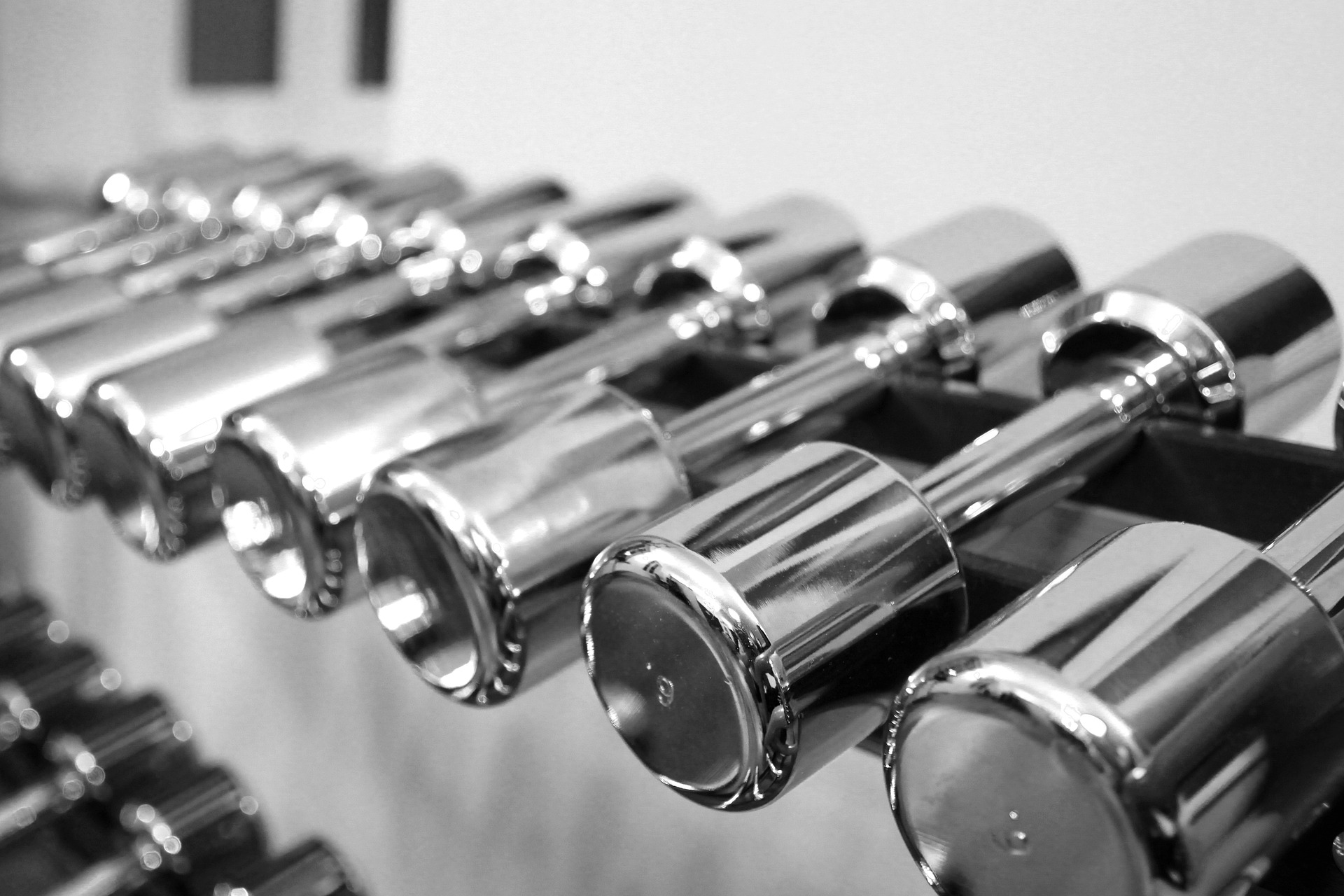When setting up a home gym, a squat rack bench is undoubtedly one of the most critical pieces of equipment you should consider. It serves as the centerpiece around which various physical training routines—including barbell training and general strength and conditioning—revolve. This guide will explore why a squat rack bench is essential, the different types available, and key specifications you should look for when purchasing one.
Why a Squat Rack Bench is Essential
A squat rack bench supports a wide range of workouts aimed at making individuals stronger and more fit. While professional athletes such as powerlifters or CrossFitters may use them, most home gym owners find them invaluable for daily training. The bench offers versatility through various attachments, including isolators for leg extensions and leg curls, mimicking the functionality of bodybuilding machines found in commercial gyms.
Types of Squat Rack Benches
There are five main types of squat rack benches:
- Combo Rack: Primarily used in powerlifting for squatting and benching, but not necessary for typical home gyms.
- Folding Rack: Ideal for those requiring a space-saving design, these racks can be folded away when not in use.
- Squat Stand: A budget-friendly option offering compactness and basic functionality, often without the stability of more extensive racks.
- Half Rack: Provides more stability and additional weight storage with an extra set of uprights.
- Power Rack: The most versatile and popular choice, featuring multiple uprights and numerous attachment options for added safety and functionality.
Key Specifications to Look For
When picking a squat rack bench, several specs should be prioritized:
- Upright Size: Opt for a 3×3 inch upright for better durability and attachment compatibility.
- Steel Gauge: 11-gauge steel is the standard, offering a balance between strength and affordability.
- Hole Size: Choose between 5/8 inch and 1-inch hardware, with 1 inch being preferable for higher-end racks.
- Rack Depth and Height: A 30-inch depth is ideal for most users. Rack heights can vary based on the available space, with 90-92 inches being optimal for most home gyms.
- Number of Uprights: Four uprights are standard, but you can opt for six or even eight if additional weight storage or attachments are desired.
Accessory Compatibility
To maximize the utility of your squat rack bench, ensure that the accessories are compatible. While most modern racks use a modular system, allowing for various attachments, it’s crucial to pick a rack from a reputable company to ensure consistency and quality.
Top Recommendations
Here are specific squat rack bench recommendations based on different budgets:
- Budget-Friendly: Fitness Reality 810 XLT, Rep PR 1100, Titan T2
- Mid-Tier: Bells of Steel Hydra series, Rep PR 4000, Rogue Monster Lite
- High-End: Rep PR 5000, Rogue Monster, Sorenix XL
Investing in a reliable squat rack bench tailored to your needs ensures a safer and more effective workout regimen. This versatile piece of equipment will serve as the pillar of your home gym, allowing you to build around it as time goes on.



